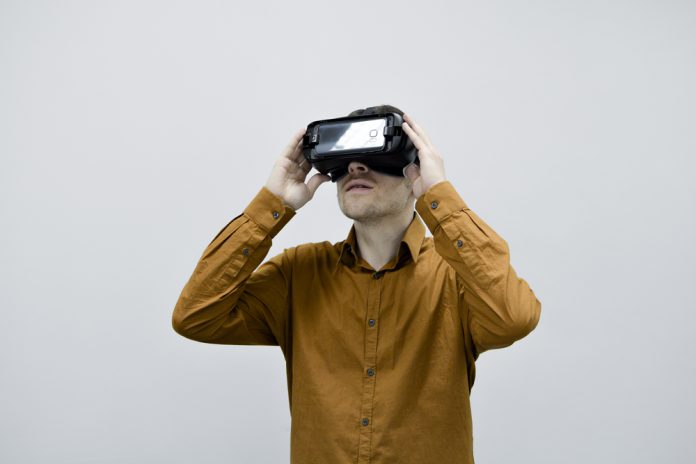At the end of 2016, the three biggest companies by market cap – Apple, Google and Microsoft – hailed from the tech sector. But what are the top trends to look out for in the coming year?
Virtual Reality
2016 was the year that Virtual Reality technology became a tangible concept to many for the first time. It had a noticeable presence at most tech events, including the Lisbon Web Summit in November, and the trend is set to continue into 2017.
Whilst the high cost of the new technology has held the sector back so far, Microsoft may be the first company to produce VR at an accessible price. A rumoured update to the Xbox, set to come some time in 2017, is expected to be the first console to have built-in VR capabilities available at a price of between $500-$600.
Google, Oculus and Valve all now have their own dedicated VR marketplaces, bringing the technology further into the mainstream, and the recent announcement of the Global Virtual Reality Association which will make it still easier for the world’s biggest tech companies to create better VR content in 2017.
Automated drone delivery
What was once an elaborate fantasy, the automated delivery of items by small airborne drones looks set to take off in 2017.
Amazon has filed a patent for a flying warehouse, equipped with drones to make fast deliveries to area of high demand. The patent is for a warehouse carried by an airship, which can hover above events such as festivals and concerts to speed up delivery to customers. Officially called “airborne fulfilment centres”, they will come with drones that can “to deliver ordered items to user designated delivery locations.”
Alongside Amazon, Google and Domino’s have both been experimenting with the technology over the last year, testing in a variety of countries including the US, the UK and New Zealand.
Autonomous driving
2016 saw Google take its self-driving car, Waymo, to market. Waymo became a standalone company under the Alphabet corporate umbrella in December, and announced their cars would hit public roads
Several other firms have also entered the race to bring self-driving cars to the mainstream market, with Tesla being one of the leaders. It first announced its ‘Autopilot’ feature in 2015 and have since improved its capabilities. American carmaker Cadillac have also introduced the semi-autonomous Super Cruise feature on the flagship CT6 sedan, enabling the car to drive itself on the motorway. Its ‘eye tracking system’ is specifically designed to counter safety concerns.

